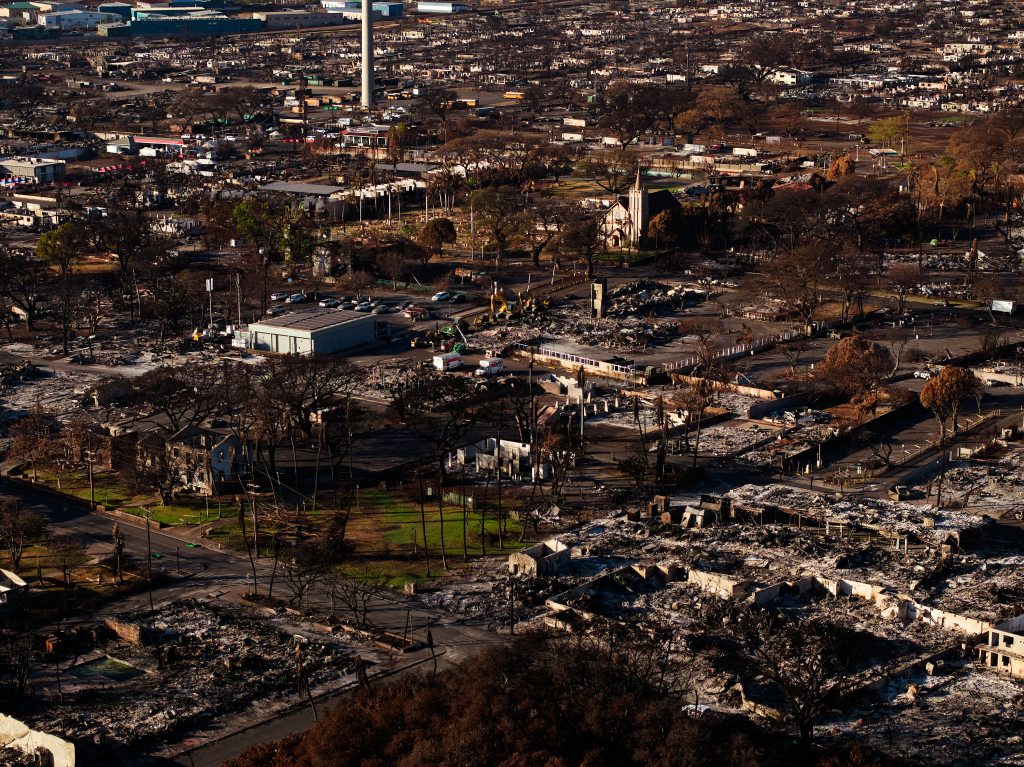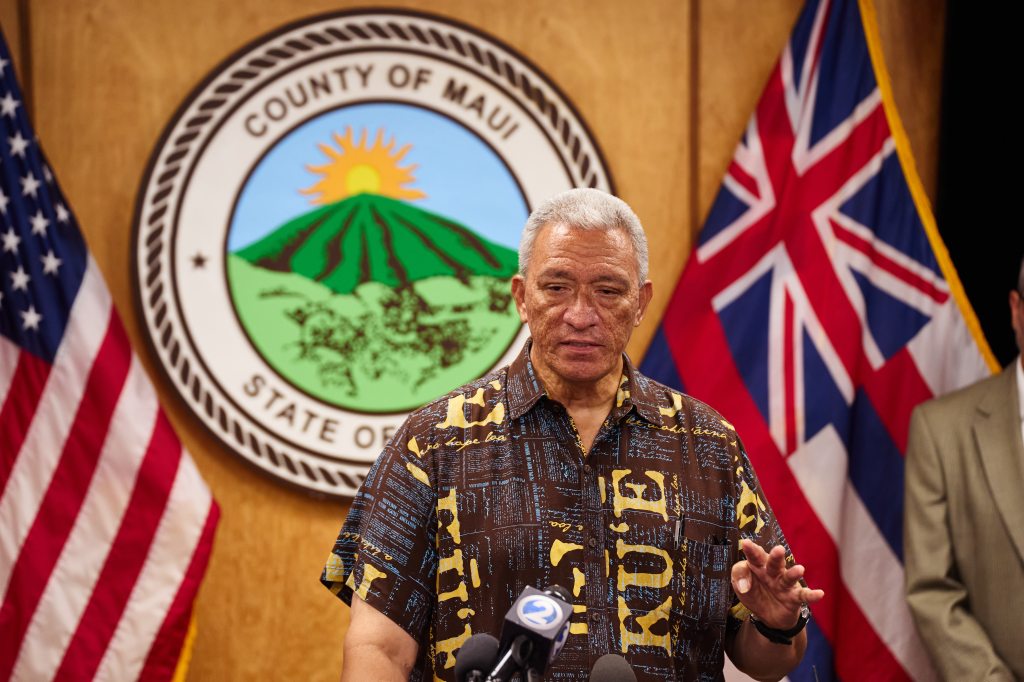Number of missing after Maui wildfires increases to 1,100
The number of missing from the Maui wildfires has increased again to around 1,100 amid confusion over how they are being reported — with officials admitting that some victims may never be recovered because search crews are picking up “crumbling” bodies.
The list of unaccounted-for people has shot up from 800 due to “ambiguous” or partial information coming in, prompting local authorities and the FBI to call on family members to submit DNA samples for identification.
The number could still rise higher, officials warned as the tally of confirmed dead remained at 115.
The FBI said its preliminary, unconfirmed list of unaccounted-for people has between 1,000 and 1,100 names — some of them frustratingly incomplete, with only a first or last name available, and no dates of birth for anyone.
The list has been cobbled together from shelter logs, the Red Cross, FEMA, the Maui Emergency Management Agency, missing persons reports filed with the Maul Police Department, and people reported missing at the local family assistance center.
The initial list included 2,500 names, but of those 1,400 people have been found safe, according to officials.
Maui Police Chief John Pelletier said it was “tough” to know how many of the dead are kids.
“I’d love to say there’s none,” he said, with other officials saying that none of those confirmed by DNA so far are minors.
“I don’t know the answer because we’re not recovering whole bodies. We’re picking up ash and some of it is crumbling.”

Steven Merrill, special agent in charge of FBI Honolulu, noted that reports of the missing often lack key, basic information such as a first and last name.
The FBI official said the agency’s analysts are making “every effort” to comb through social media and publicly available information to try to reach the people who made the original missing persons reports to obtain additional details to help with identification.

Merrill said his team has been trying to reach every single person who has made a report containing “ambiguous” or partial information about a missing person, but there have been few callbacks or replies.
The local family assistance center has collected DNA from just 104 families, said Julie French, with the rapid DNA company ANDE helping with the identification process. She said three-quarters of the remains tested for DNA so far have yielded usable results.
The number of family members coming in to submit DNA samples is “a lot lower” than in other major disasters, said Maui Prosecuting Attorney Andrew Martin, who is running the assistance center.

“That’s our concern, that’s why I’m here today, that’s why I’m asking for this help,” he said.
Martin and French stressed that any samples would be used only to help identify victims and would not be entered into any law enforcement databases or used for any other purpose. People will not be asked about their immigration status, they said.
“What we want to do — all we want to do — is help people locate and identify their unaccounted-for loved ones,” Martin said.
Merrill, the FBI agent in charge, called on those who have filed missing person reports to follow up and make sure that officials have the most up-to-date and complete information, including date of birth, physical description, family relations and contact information.

Officials warned that the number of missing could still rise because the information was still being collected.
As of Tuesday, all single-story homes in Lahaina have been searched, with crews turning their attention to multi-story residential and commercial properties.
But Pelletier warned that despite the efforts to search every damaged structure for human remains, there will be victims who will never be recovered, much like after the September 11 terrorist attacks in New York City.
“When this is all said and done, realistically, let’s be honest here, we’re going to have a number of confirmed [dead], we’re going to have a number of presumed [dead],” he told reporters.
“Two thousand people on 9/11 were not recovered,” Pelletier added. “We don’t have that type of devastation like we saw with the towers, but we have an entire town that’s destroyed.”
The chief also clapped back at claims that during the fire, police officers closed roads out of Lahaina, creating a death trap.
“We did not close [roads] or forbid people from getting out of Lahaina,” Pelletier said. “If there was a downed power line that was live, we wanted to make sure you didn’t go over a downed power line.”
The chief said his officers spent the entire day and night knocking on doors and urging people to flee.
“They did everything they could,” Pelletier said. “We wanted to get people out.”
Read the full article Here


